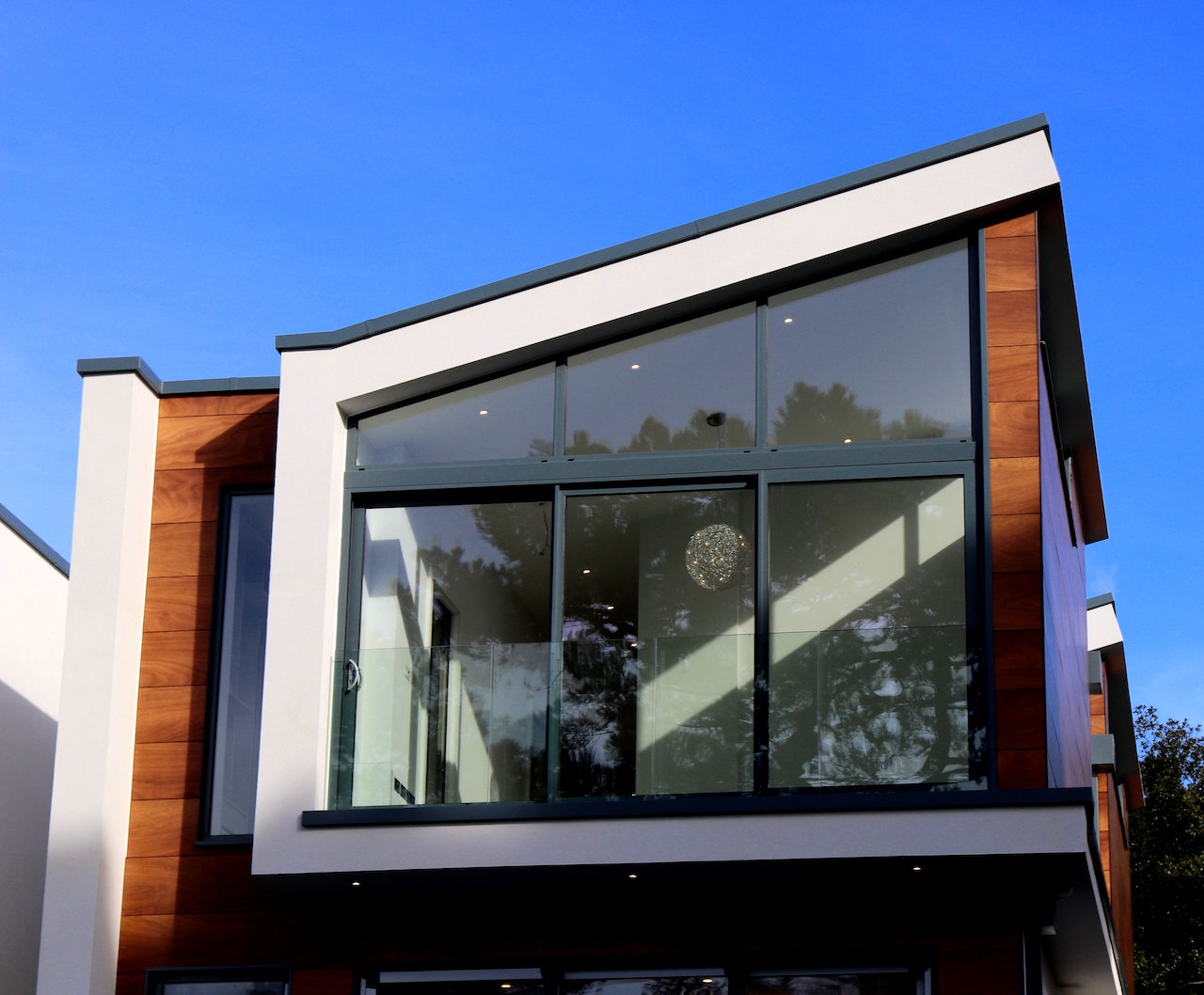Window grids add visual appeal to windows while enhancing the style of your home. Since they serve no functional purpose, they add a decorative touch and don’t affect the integrity of your windows. Window grid patterns are available in many styles. Choosing the right one for your home depends on the overall look you’re going for and the architecture of your house.
Diamond Grids
Window grids are one of the most defining visual elements of your home’s exterior. However, they’re also practical and serve a purpose that goes far beyond aesthetics. Colonial grid windows look great on colonial, some farmhouse-style homes and are especially appropriate for double-hung windows. These grids are often divided into six equally-sized panes on top and bottom window sashes. Tudor and Victorian-style homes look wonderful with diamond window grids that visually divide window glass diagonally for an ornate touch. This grid pattern is commonly used on double-hung or casement windows. Prairie window grids are more simplistic and work well on contemporary ranch and rambler homes. This grid pattern divides the window into unequal sections, which leaves more glass unobstructed for a clean-looking style.
Perimeter Grids
Traditionally, window grids (or muntins or grilles) served the structural purpose of securing individual panes of glass together. Nowadays, they are purely decorative and add a personal touch to your windows and doors. When comparing grid patterns, it’s important to consider the size and type of the windows you’re replacing. Including grids on small windows can create a cluttered appearance, while adding grids to picture or architectural windows may detract from their intended aesthetic of showcasing sunlight and scenery. Perimeter grids are similar to the prairie-style grid, except they have two fewer horizontal strips on each sash. It allows for more space and leaves tiny corner squares in each of the exposed panes of your window. It is a great option for historic or Tudor homes.
Decorative Grids
Decorative grids, or Prairie or Colonial grid patterns, offer a traditional style that can work well with older homes. These patterns divide windowpanes into even and proportional sections. They’re ideal for making taller windows appear wider, restoring character to older homes, or adding a classic look to new construction homes. Consider how the color will go with the rest of your external and interior decor when choosing the sort of window grid style you want for your house. It is especially important if you’re replacing windows on an entire house or are building a brand-new home. By ensuring consistency in the creation of your windows, you can achieve the best possible aesthetic results. The good news is that many off-the-shelf grid options come in various colors to match any exterior and interior design.
Top Row Grids
Window grids are an important design element that can elevate your home. They come in many patterns that further the specific style of your house or architectural design. Window grilles are narrow strips of wood or metal that were once used to join several small panes. Today, they are primarily decorative and offer unique character to your home. Two types of grids can be placed between the glass in a multi-paned window: contour and flat. Contoured grids feature grooves and detailing that lends a traditional look, while flat grids are sleek and minimal. Drop grid patterns are a great way to achieve the face of a decorative design but leave plenty of unobstructed space for sight lines. This type of grid pattern is also known as short fractional or top-row grids.
Drop Grids
Grids only placed on the top row of a window offer the charm of traditional grids while leaving plenty of unimpeded glass. It is a great option for a new home or one being restored to add a hand-crafted look while retaining the convenience of clean glass and unobstructed views. For some grids (most notably the Data Grid), there is support for native drag and drop. Grids-Between-the-Glass, or colonial grids, are fixed decorative inserts between a single insulated unit’s glass panes. It allows you to enjoy the beauty of a historic grid pattern while still gaining all the benefits of a single, monolithic glass panel.






